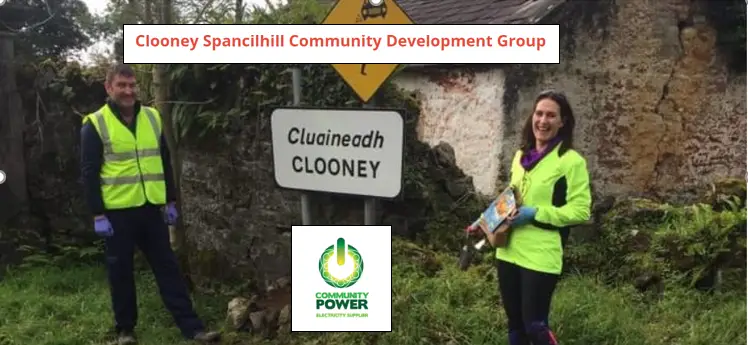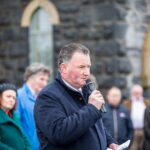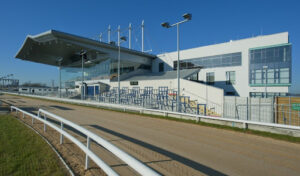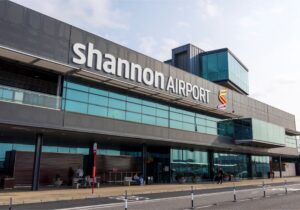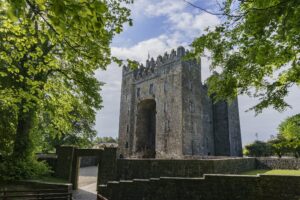Groups in Clooney, Spancilhill and Maghera have banded together to look at collective energy generation and the potential to invest in the community through renewable energy.
Working together, the communities have developed an Energy Master Plan (EMP) which enables the group to look at its existing and future energy needs in terms of power, heat, and transport and to determine where it sees priorities and opportunities for action. The group are a registered member of the Sustainable Energy Authority of Ireland’s (SEAI) Sustainable Energy Community (SEC) Network.
Chairman of the Development Committee Tom Larkin referenced Templederry as a template to the vision of Clooney/Spancilhill/Maghera. He said that the Tipperary group are the only community within the country with two wind turbines not owned by developers and have been for the past 11 years.
“Windmills are the work of developers and are of no benefit to the local community. In Templederry they have been averaging a €1.1m income between both turbines. Now that there is a Green Minister for the environment and advisors under him, there is a pathway for communities and an incentive for them to apply for a grid connection.”
The EMP has turned up stark figures for the local community, making for telling reading. It found that oil is the most common residential heating fuel at 71 per cent. The average estimated heating and electricity cost is €2,700 per year, with households using 7,500MWh of energy per year. This equates to €900,000 being spent on heating and electricity in a population of 950 people across 332 houses every year.
Fuel poverty, CO2 emissions and BER house rating also tell another sad story which the community are looking to remedy by establishing themselves as a sustainable energy community. The estimated annual household CO2 emissions from heating and electricity is 6.6 tons. The EMP found that 1,325 acres of Sitka Spruce forest would have to be planted to balance the CO2 emitted by households in the community. In addition, only five per cent of houses have a BER-B rating or better. This is a certificate that indicates your homes energy efficiency from A being the most efficient to G, being the least. 39 per cent have a BER-D rating, whilst 30 per cent hold a BER-C rating.
Fuel poverty is an issue that needs to be addressed, in Tom’s opinion. Approximately 25 per cent of households within the Clooney-Spancilhill-Maghera communities are living in fuel poverty. Tom stated that 75 to 80 per cent of funding is put together by the development committee to offset against grants. This committee is formed from two members of each adjacent sub-group including Tidy Towns, Heritage, the walks group, the environmental group, the road safety group as well as a group that is looking to form a local hub. Funding obtained already includes €10,000 from the SEAI for the Energy Master Plan. A further €99,000 went towards Clooney village works.
“It’s possible for the community to reduce their electricity and heating bills. If solar panels are on the roof, you could generate your own power, charge your own car and reduce heating expenses after you update your housing standards. In the long term there would be huge savings. For those in fuel poverty, there is 80 per cent grant aid. This is substantial. There are huge possibilities, and I don’t think people realise the potential.
“When communities apply for the grid connection, they receive more money per unit than the developer does. If every community had one or two turbines going forward, then that would bring huge development and would help them sustain themselves”.

